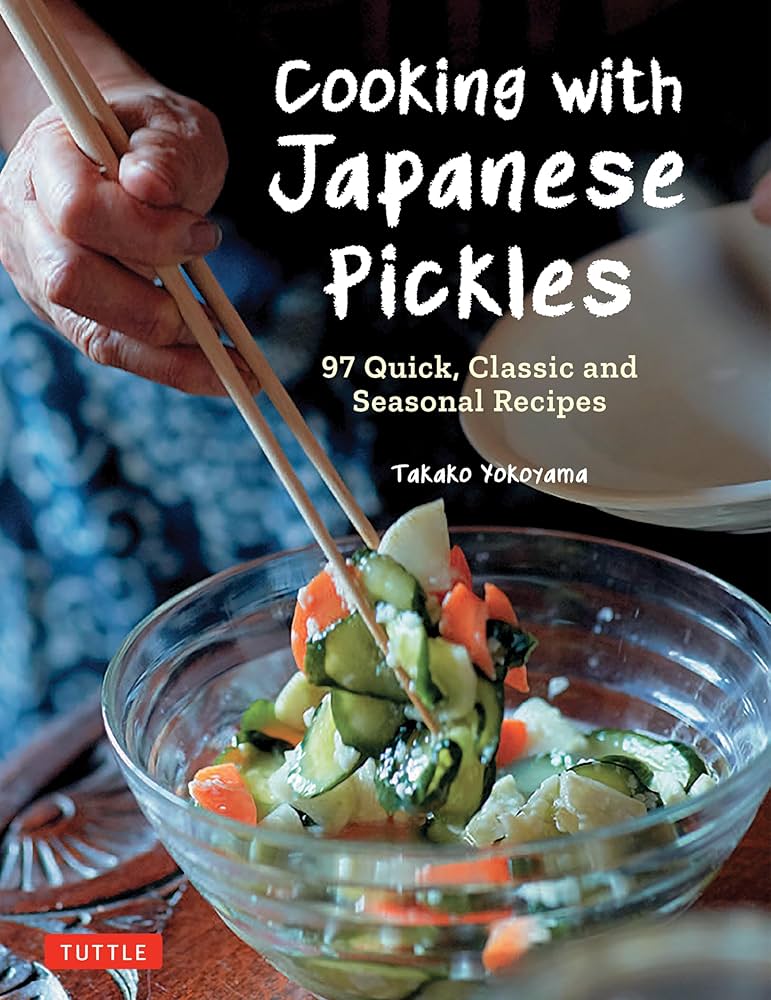Unlocking the Secrets of Seasonal Pickling: Your Ultimate Guide
Pickling has become a cherished art over the years, transforming seasonal produce into deliciously tangy delights. As a passionate gardener and pickle enthusiast, I find immense joy in harnessing nature’s bounty and preserving it for future enjoyment. In this article, I’ll explore the essential aspects of seasonal pickling, giving you insights into when and what to pickle for the best results.
Embracing the Seasons
The beauty of pickling lies in its adaptability to the changing seasons. Each month, different vegetables reach their peak, offering unique flavors and textures. In spring, you’ll encounter tender asparagus and young radishes that provide a light crispness, perfect for quick pickling. As summer rolls in, the vibrant colors of tomatoes and Cucumbers come to life, begging to be juiced and preserved.
Seasonal vegetables ready for pickling
In fall, think of sweet carrots and hearty squash, which can be pickled to take the edge off their natural sweetness. And let’s not forget about winter, when kale and other greens can be transformed into tangy, nutrient-rich salads that brighten up those darker months.
Key Aspects of Successful Pickling
-
Ingredients Matter: The foundation of any good pickle is quality ingredients. Fresh, organic vegetables will always yield better results than their processed counterparts. It’s worth investing in locally-sourced produce when possible, as the flavor is simply unmatched.
-
Brine Recipes: A good brine is another vital factor. The ideal balance of vinegar, salt, and spices brings life to your pickles. Experimenting with flavors is encouraged; dill, garlic, and mustard seeds are just a starting point. Don’t hesitate to try your favorite herbs — they can create a pickle that is uniquely yours.
“Pickling is not just about preservation; it’s about creativity in the kitchen.”
- Seasoning Techniques: The method you choose to pickle can greatly affect the final taste. Quick pickling offers a fast, flavorful kick for those on the go. Alternatively, the fermented approach adds a depth of flavor that can’t be beaten. Consider trying both techniques, as each brings something special to your table.
The art of preparing brine and vegetables
Putting It All Together
Take your favorite summer vegetables and turn them into pickles that add zing to your meals. I personally enjoy pickling jalapeños; they add a spicy flair to sandwiches and nachos. Remember that you can also pickle fruits! Think of tart apples and peaches, which create delightful relishes that can accompany meats or be enjoyed on their own.
Conclusion: Preserve the Season’s Goodness
Seasonal pickling is an enjoyable endeavor that merges creativity with practicality. Each jar represents a snapshot of the season, bringing joy and flavor to the cold winter months or warm summer nights. As you embark on your pickling adventures, remember to keep experimenting and savor the process. Like me, you may find it to be not just a way to preserve food, but a way to celebrate the wonderful gifts of nature.
In summary, don’t overlook the seasonal realities of gardening and pickling. Whether you’re a novice gardener or a seasoned pickle lover, it’s time to embrace what each season has to offer. For more tips and techniques, consider visiting Pickle Patch for exceptional insights and recipes.
Various pickles showcasing the rich flavors of seasonal ingredients


 Photo by
Photo by 












